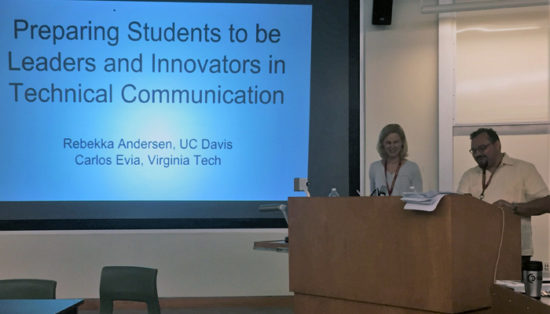
While I get a lot of conference invitations, I was particularly intrigued when I received an invitation out-of-the-blue to present at the SIGDOC 2017 conference in Halifax. SIGDOC (which stands for “Special Interest Group on Design of Communication”) is a conference hosted by the Association for Computing Machinery (ACM) and is considered to be primarily focused on academic approaches and research on technical communications. I was asked to present at a couple of panels: one on how to prepare future students to be leaders in technical communications, and to talk about current progresses in content development. I jumped at the chance to attend, as it was a great opportunity for business and academia to get together in common cause. The fact that it was being held in the beautiful and historic maritime city of Halifax also helped.
The key Academia/Industry Workshop at this year’s SIGDOC conference was organized by Rebekka Anderson, an Associate Professor at UC Davis, and Carlos Evia who is an Associate Professor at Virginia Tech. The latter name should be a familiar one to anybody interested in Lightweight DITA, as he is Co-chair of the OASIS Lightweight DITA Sub-committee, a group actively working on providing guidelines on how to create content using Lightweight DITA. He also has to be one of the most humorous people working on crafting the future of DITA, as he opened his talk on how online technical discourse has changed with the advent of the web, a medium used primarily to communicate about cats (and more recently how multimodal publishing has expanded the audience to dogs and machines). 😉
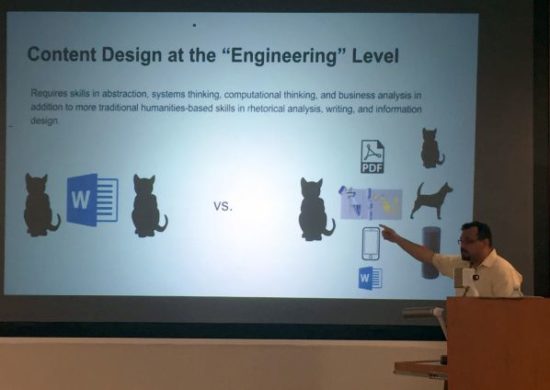
Carlos Evia Examining the Shift in Content Design to Multi-channel Publishing (and Cats)
There was a deeply serious point to all of this of course, relating to how technical writing has evolved over the years, and how relatively recent innovations like social media, online video instruction, and structured content have changed the way technical communicators are expected to work with their target audiences.
I was part of the panel that followed the opening by Carlos and Rebekka, consisting primarily of industry experts talking about how they have seen technical communications evolve and how future students can prepare themselves for a career in the field. I was asked to follow luminary JoAnn Hackos, who talked about how the essentials of the profession have not changed: it is about communicating technical information that people need when and where they need it. I then argued that the only constant I have seen in my 25+ years in the business has been change. I described how the first manuals I was asked to produce (for WinFax) were printed and were considered part of the product: the bulk of what stood on a shelf in a software store was the substantial manual for the product, along with the software stored on diskettes. The advent of the web fundamentally changed the medium for technical communications, and my colleagues and I started to create content in HTML and PDF content. The other fundamental shift I have witnessed is the advent of structured content, which includes the rapid rise of DITA. I talked about how there are many business fundamentals driving the need for structured content, including the need to reduce the costs of producing content and localizing it, but also that it is the ideal method for delivering future services to users through emerging content channels like chatbots. The main point of my brief talk was that technical communication students need to be prepared for change in the way they do their work, and to embrace it.
Technical Writers are More Often Editors of Content
Most of the presentations at the conference were from professors talking about their research in the field of technical communications. One of the more interesting presentations for me came from Claire Lauer and Eva Brumberger, both Associate Professors at Arizona State University, where they talked about their study showing how professional communicators in a Web 2.0 workplace are more editors than writers. What they discovered after observing the work done by several technical communicators was that many were less the originators of content, and more the editors of content before it went out the door. As they say in their published paper, after shadowing professional communicators in the workplace for over 100 hours, they “observed multimodal editing practices where writers would select, repurpose, modify, and update (rather than originate) multimodal content”.
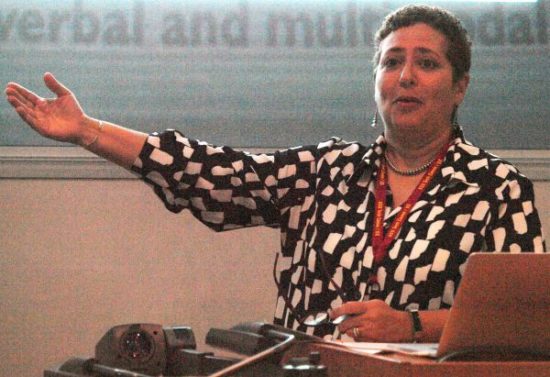
They called this type of work “multimodal editing” as these people were working with pre-existing content sourced from various people and applications. Ultimately the work they did was on small “chunks” of content intended for use on the web, for a presentation or social media. Some of this content was designed for reuse. This quote from one of the people they shadowed rang true for me: “a lot of stuff that we do internally is filled with gobbledygook in engineering terms and [is] stuff that doesn’t really relate to the outside world, or [that] your average person might not understand. Really a lot of what I do is taking that and translating [it] into a way that’s digestible for kind of your regular person.” This definitely echoes what I see in the workplace, as technical writers are often there to make the content that other people create more clear and concise. It was interesting to see this verified in academic research on the topic, and suggests that the role of a technical writers continues to evolve as practitioners recognize new ways to innovate while they communicate.
Technical Communication Leaders of Tomorrow
One of the most impressive things I witnessed at the conference was the “poster sessions”. In the session I attended, several young students in the field of technical communication presented a summary of their research in a single poster-sized sheet. They stood beside their work and answered questions about their research and their findings, all of which were applicable to better understanding an aspect of technical communications.
During the poster session I learned a new phrase: “Pinterest Fail“. Megan Smith, a student at Purdue University explored the usability of online recipe formats, aiming to better understand how differences in format and structure of online recipes have implications for technical documentation. While her study, called “A Pinch of Salt, A Hint of Disaster” found that there were too many variables to come to a definitive conclusion, she did say that “facilitating the usability of recipes for the end user will not only make cooking a more enjoyable experience; it also teaches people the methods of cooking the correct way”. Anyone writing tasks or troubleshooting topics in DITA share common cause with this idea.
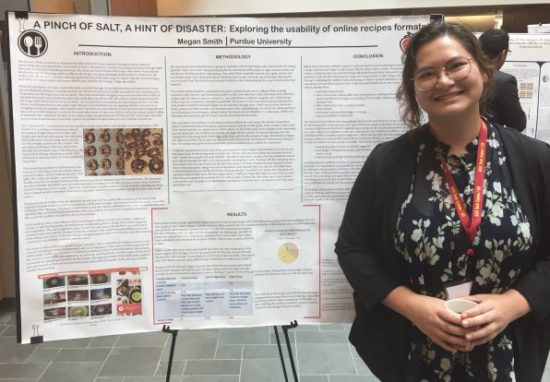
The most impressive poster presentation I saw was from a pair of young students from MIT. Hannah Wei and Jenny Yao looked at Terms of Service (ToS) contracts for software, telling me that often young people are unaware that clicking on a button to accept its conditions is a contract that is legally-binding. In their study they tested the standard method of presenting a ToS—a long page of legal text—versus a “gamified” version that presented the same information, but in a chunked manner presented in multiple steps. The gamified version, which held the same information as the original, proved to have higher comprehension and engagement levels in the college-age participants in the study.
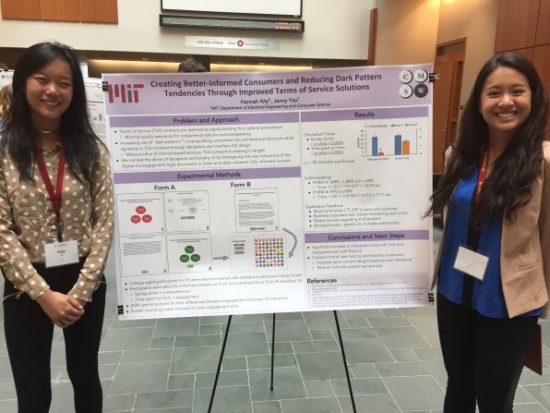
I left this session of the conference believing that the future of technical communications is in good hands.
The Role of DITA in Current Technical Communications
On the final day of the conference I gave a brief presentation on the current state of where DITA fits in with current technical communications trends and technologies. What I had learned over the previous days of the conference was that while most of the academics knew about structured authoring and DITA, few had direct experience of it and it was not a skill that was actively being taught in their classes. I looked at the rise in popularity of DITA at the almost 700 firms that are now using it, and how usage has spread significantly from its roots in the software sector.
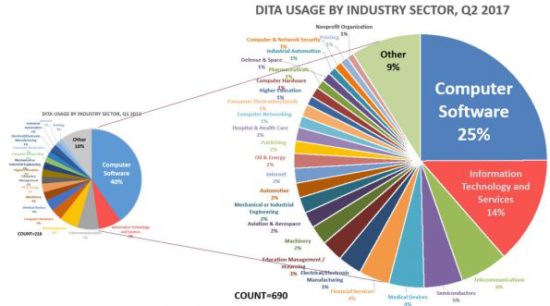
While it is clear that not everyone is using DITA, it is clearly growing in use, and future technologies such as chatbots are founded upon structured content associated with descriptive metadata—exactly the type of thing that DITA is best suited for.
What I think really drove home the point as to future—and even current—skills that should be taught to technical communication students was Stan Doherty’s presentation (“The Graduation to Enterprise Gap“) on what he is looking for when he hires people. In addition to being a member of the OASIS DITA Adoption Committee, he has long been a hiring manager for the technical documentation teams at the companies he has worked for, most recently at HPE-Simplivity. He talked about how he has been given requisitions specifically for hiring students or recent grads from technical writing programs, but that they often do not have the required skill set for him to hire them.
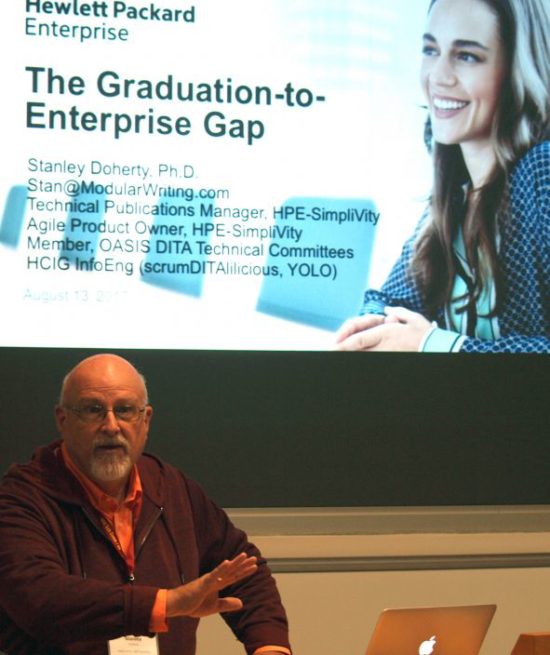
What Stan has found is that graduates often possess solid skills in areas like UXD, social media and web design, but these are not the types of skills required in a technical communicator. The types of skills that are being taught that are needed in industry include the ability for contextual inquiry, interviewing skills, and working with HTML5. What he finds missing in many of the technical communication graduates that he runs across are things like the ability to understand semantic markup, basic programming skills, modular writing skills, an understanding of Agile methodology and more. Ultimately though, a willingness to learn is key, and the few graduates that he has been able to hire possess this ability.
SIGDOC 2018 will be held in Milwaukee, Wisconsin, hosted by the User Experience and Communication Design program at the Milwaukee School of Engineering. The papers from this year’s conference are currently available for free (for one year) and can be found on the SIGDOC 2017 Proceedings webpage.
